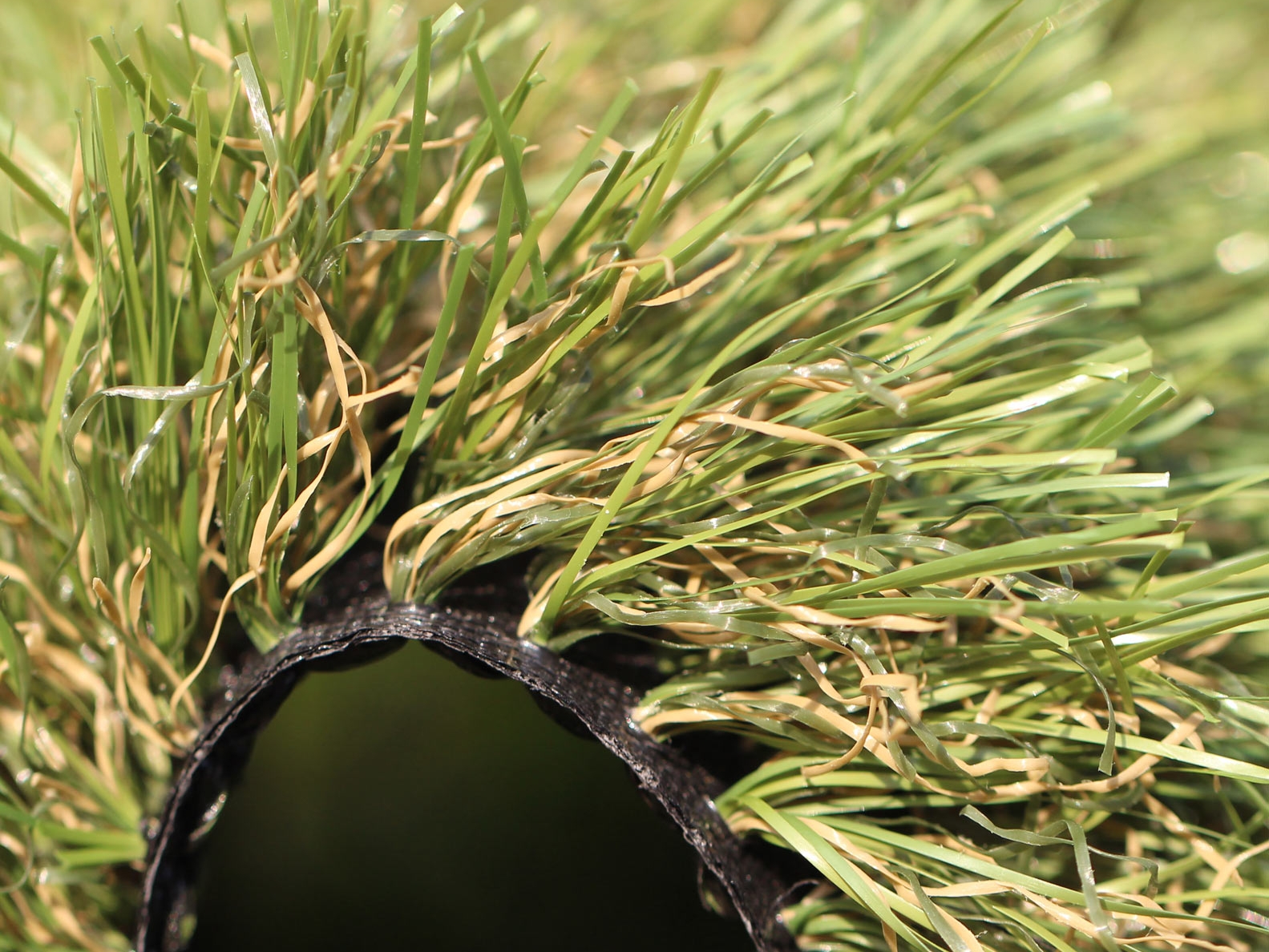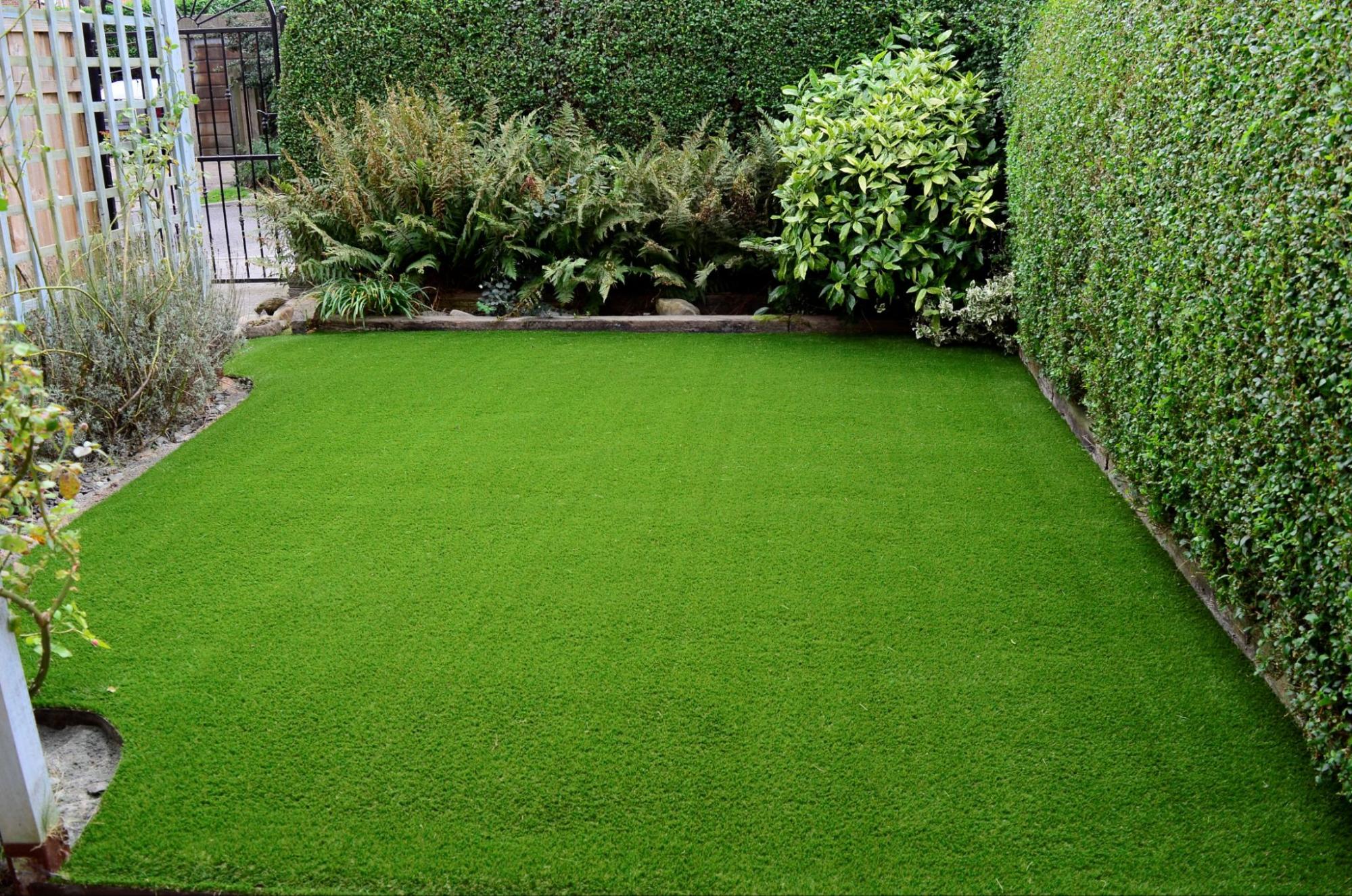Delve Into the Environmental Advantages of Opting for Synthetic Grass Solutions
The fostering of synthetic lawn solutions provides an engaging opportunity to attend to pushing environmental obstacles. By substantially lowering water usage and lessening the application of damaging chemicals, these choices not only advertise lasting landscape design but likewise safeguard regional communities.
Water Conservation Benefits
One of the most considerable advantages of synthetic turf is its ability to preserve water. In comparison, synthetic turf does not need watering, considerably reducing the total need for water resources.
By getting rid of the requirement for regular watering, fabricated grass adds to sustainable landscape practices and helps mitigate the environmental effect of too much water consumption. The preservation of water extends to the reduction of drainage, which can lead to dirt disintegration and river air pollution.
Additionally, the setup of fabricated lawn allows communities and homeowners to designate water sources extra efficiently, concentrating on vital usages such as alcohol consumption water and farming. The shift towards synthetic grass not just advertises accountable water usage however likewise lines up with wider environmental goals aimed at maintaining natural deposits.
As neighborhoods progressively prioritize sustainability, the water conservation benefits of synthetic grass provide a compelling situation for its adoption in domestic and industrial landscaping projects.
Decreased Chemical Usage
The transition to synthetic lawn significantly decreases the dependence on chemical therapies commonly made use of in all-natural turf upkeep. Conventional lawn management typically includes the application of herbicides, pesticides, and plant foods to promote growth and control insects. These chemicals can position threats to human health and wellness, neighborhood wild animals, and the setting, adding to soil and water contamination.
In comparison, artificial turf gets rid of the requirement for these harmful compounds. By reducing the release of artificial compounds into the ecological community, artificial turf promotes healthier soil and water systems.
Moreover, the absence of chemical runoff related to man-made lawn installments aids shield neighborhood rivers from air pollution, sustaining aquatic life and maintaining biodiversity. Phoenix turf companies. As neighborhoods significantly focus on lasting techniques, going with synthetic lawn offers a feasible service that straightens with ecological conservation objectives. Via this shift, homeowner can appreciate lush environment-friendly spaces without jeopardizing ecological wellness, paving the way for an extra sustainable future
Reduced Carbon Footprint

Moreover, the installation of fabricated grass can result in substantial water preservation. Natural yards require substantial amounts of water for watering, which not only includes in the carbon impact associated with water extraction and therapy but likewise pressures local water sources. On the other hand, synthetic grass requires marginal maintenance, requiring no watering, consequently considerably minimizing water use and its linked energy expenses.
In addition, the longevity of artificial grass adds to its lower carbon impact. With a life expectancy of approximately 15 years or more, the requirement for constant substitutes is decreased, resulting in less waste and lower power intake in manufacturing and disposing of standard grass choices. Overall, synthetic grass provides a lasting choice for environmentally conscious landscape design.
Habitat Preservation
Habitat conservation is a vital consideration in the dispute over landscape design choices, particularly when contrasting synthetic grass to all-natural grass. Natural grass lawns typically call for extensive maintenance, including making use of chemicals, herbicides, and plant foods, which can adversely impact local ecological communities. These chemicals can leach into the dirt and waterways, damaging native plants and fauna and interfering with regional habitats.
In comparison, synthetic lawn provides a chance to reduce the environmental footprint of landscape design. By selecting artificial turf, house owners can minimize the disturbance of all-natural environments related to typical view it yard treatment techniques. Synthetic grass gets rid of the demand for unsafe chemicals, therefore shielding neighboring wild animals and maintaining the integrity of bordering ecological communities. The installment of man-made turf can lead to the conversion of previous turf locations right into more biodiverse landscapes, such as pollinator gardens or indigenous plant locations, which can support neighborhood wildlife.
Eventually, the shift to man-made grass not just preserves water and lowers upkeep initiatives yet additionally cultivates an extra unified partnership in between human activities and the natural environment, advertising environment preservation in the process.
Long-Term Sustainability
Lasting sustainability is an essential factor in reviewing the benefits of synthetic turf over traditional grass yards. One of the most substantial advantages of synthetic grass is its toughness; it can last as much as 15-20 years with very little maintenance, whereas all-natural turf requires frequent reseeding and substitute. This long life decreases the requirement for consistent sources, such as water, fertilizers, and chemicals, which are essential for maintaining a healthy and balanced yard yard.
Additionally, synthetic grass adds to a decrease in carbon exhausts connected with yard treatment equipment. Standard lawns usually require gas-powered lawn mowers, trimmers, and blowers, all of which add to air contamination. Artificial turf companies phoenix. In comparison, synthetic lawn eliminates the requirement for such tools, promoting a cleaner atmosphere
In addition, the production of her response synthetic grass significantly utilizes recycled products, enhancing its sustainability account. As producers adopt eco-friendly methods, the ecological footprint of synthetic grass continues to reduce.

Conclusion
The adoption of synthetic grass remedies presents considerable ecological advantages, consisting of considerable water preservation, decreased dependence on damaging chemicals, and a reduced carbon impact. Additionally, synthetic grass help in protecting natural habitats by minimizing land disturbance and advertising lasting sustainability via the use of resilient materials. Collectively, these factors highlight the capacity of synthetic grass to add favorably to environmental health and supply a sensible option to traditional landscape design methods in a progressively resource-conscious world.
In comparison, synthetic turf does not require watering, substantially decreasing the total need for water resources. By decreasing the release of synthetic substances into the ecosystem, fabricated grass promotes much healthier dirt and water systems.
Additionally, the installation of fabricated grass can result in considerable water conservation. In comparison, man-made turf requires marginal check it out maintenance, calling for no watering, thus significantly minimizing water use and its connected power prices.
